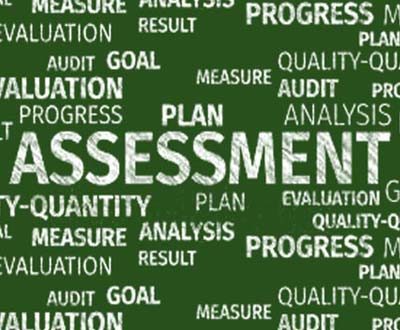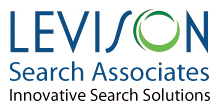
Two key elements for a successful organizational assessment
By Irv Barnett, MBA, CMPE, Founder
While advising our clients and helping them implement sustainable, healthy practice management solutions, we’ve experienced a common thread through every experience: The vast majority of the time we end up transforming their health care business by solving a very different or a bigger problem than we were initially asked to address.
Many people just don’t have the time.
Recently V2V conducted an assessment at a medical practice whose physician leadership held the belief that their EHR application was broken…maybe even unsalvageable. Applying our ADEPT℠ approach helped us find the real cause of the problem.
During our observation period, we noted very low compliance in following procedures with the EHR and inconsistent use of the tool, altogether. What we ultimately identified was that while the application needed optimization, the real problem was that their team was not fully-trained on the EHR. This created an array of ineffective, manual work-arounds and those were the actual cause of multiple errors, not the application, itself. At times, this caused enormous friction with staff and service commitments to patients and risked the reputation, or brand distinction, of the practice. We quantified a resulting exorbitant expense, noting how it stole from their bottomline, threatening profitability.
Our primary focus is to ask the right questions to the right people involved in the process. We look at every situation through the ADEPT℠ framework to discover specific barriers to transformation. In that process, we’ve found two key elements that consistently ensure a successful current-state assessment:
1. Ignore the foregone conclusion: Applying an objective framework, such as ADEPT℠, eliminates the risk of pre-conceived notions clouding our assessment at the outset. Ignoring these strongly held beliefs helps our observation to be answer-agnostic. When the results of the assessment are presented, decisions can then be made about implementing transformation with actions and programs that solve the program and create sustainable profitability and effectiveness.
2. Full transparency during the observation: Unfortunately, sometimes we don’t learn everything during our interviews and observations. People hold back. Later they tell us: “Well, we didn’t want to bias your assessment with our opinions or our concerns.” Bottomline, candid input only helps us understand. The opposite only diminishes the value of our investment into assessing current state. We simply must be in receipt of all data-both qualifiable and quantifiable-and that requires us to work on it, openly and honestly, together.
Armed with these two elements, we can effectively assess root-cause of organizational problems. When we achieve these two objectives during our observation period, our V2V team feels we add value to the entire A-I-M progression, because what is done during the Assessment phase, affects the ability to Implement and then Monitor/Mentor the entire transformation process. Understanding current state helps create effective solutions for the client’s health care business. Inevitably, ours is a partnership; the participation of our clients in the assessment phase provides a direct contribution to inevitable, sustainable success.


